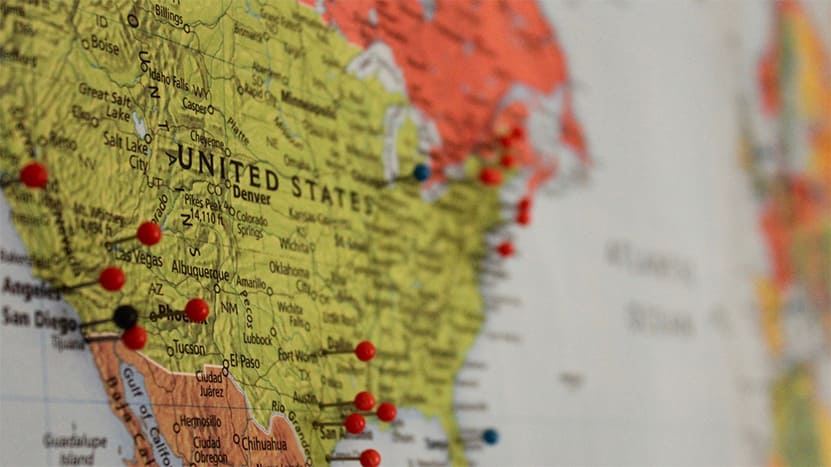Geographic Niches and Hyperlocal Branding
Have you found your Waldo… er, target audience? If you’ve been reading us awhile, you’re probably familiar with that term. It’s the people you want to buy from you. The key is finding and convincing them you are their best choice. What if you’re still targeting them? Are your target audiences geographic in nature? If so, hyperlocal branding becomes key.
The term “hyperlocal” refers to any audience identified by a physical or geographic boundary, even as narrow as a specific store location. You may be familiar with hyperlocal marketing, which is a strategy for communicating with consumers in a specific spot. But, as we know, branding and marketing are different.
If marketing is the telling, and branding is the message (your different story that attracts your target audience), then what is hyperlocal branding?
We generally hear about hyperlocal marketing, not hyperlocal branding. Even in a global economy, consumers want personal connection. This is particularly true with geographic niches, where global or national brands fall flat because they haven’t connected in the potential way that hyperlocal brands are able to do.
First, consider an example: a business that sells college sports memorabilia. These businesses know where fans live, drink, sleep, and shop. These businesses know their audience has a geographic tie and they target them based on that place. If you’re a Duke basketball fan, where would you look for a Duke jersey? Unless you sell sports-team sweatshirts, however, you probably don’t see how it helps you.
The lesson isn’t far off.
Hyperlocal branding is simply differentiation based on a geographic niche.
Hyperlocal branding requires you to meet your target audience where it lives, eats, breathes, on its turf. Don’t ignore the power of location. This could require some research, rather than speculation: how else would you learn that your target lives in Sonoma and not Napa Valley, or that your vocabulary for carbonated beverages is different in Atlanta than in Akron?
It does NOT mean rebranding for every community or a new logo for every city. This means that your target audience is primarily defined by a geographic region rather than a particular demographic.
How do you learn this? A thorough analysis of your brand’s positioning will reveal that your presence, your differentiation, your persuasiveness, is stronger in one place than another. This, in turn, can show you how local engagement will have the most impact in connecting with your target audience.
Okay, so I’m hyperlocal and want to dominate this region. What are my branding takeaways?
This goes beyond the marketing-fail of sending Christmas flyers into a Jewish neighborhood. It also doesn’t mean your brand message needs to be a Vegas-style “what happens here stays here” mantra. Here are 3 great branding lessons for you that we’ve translated from hyperlocal marketing strategies:
- Customer Experience:
Respond to negative Yelp reviews. Why? Because every brand offers a customer experience journey (from purchasing, to using, to discarding a product). Going above and beyond customer satisfaction and taking the time to respond to even unfair reviews will improve the full scope of customer experience your brand offers consumers. How else do you brand for customer experience? Take a look here. - Facebook:
Despite the annoying aspect of these ads, they work. Consider this as part of your marketing strategy and take a look at some well-branded Facebook ads in our previous post. What branding approaches can you use? Personality? Emotional needs? At least 2 examples in our previous post on well-branded Facebook ads build off the next lesson: locality. - Local Stories:
Connection builds trust. Connecting through local stories SHOWS your target audience that you relate and identify. It makes their purchasing decision easier, as you rise to the forefront. For an amazing example, take a look at Beats by Dre and its use of #straightoutta to connect with consumers CONSISTENTLY while located in different geographic markets. How does your brand use local stories to build its perception? How does your brand use local stories to relate with a target audience in a specific location?
Don’t be afraid when your brand is hyperlocal and to go after that perception with full force. A few basic suggestions will help: understand local target audience needs, remain focused, and evolve with the target audience. When branding creates the perception that makes a target audience purchase from you, don’t be afraid to focus on the geographic dynamic. Remember that “local” DOES NOT MEAN SMALL. There’s a compelling reason for you to meet your target audience where you find it: revenue.







